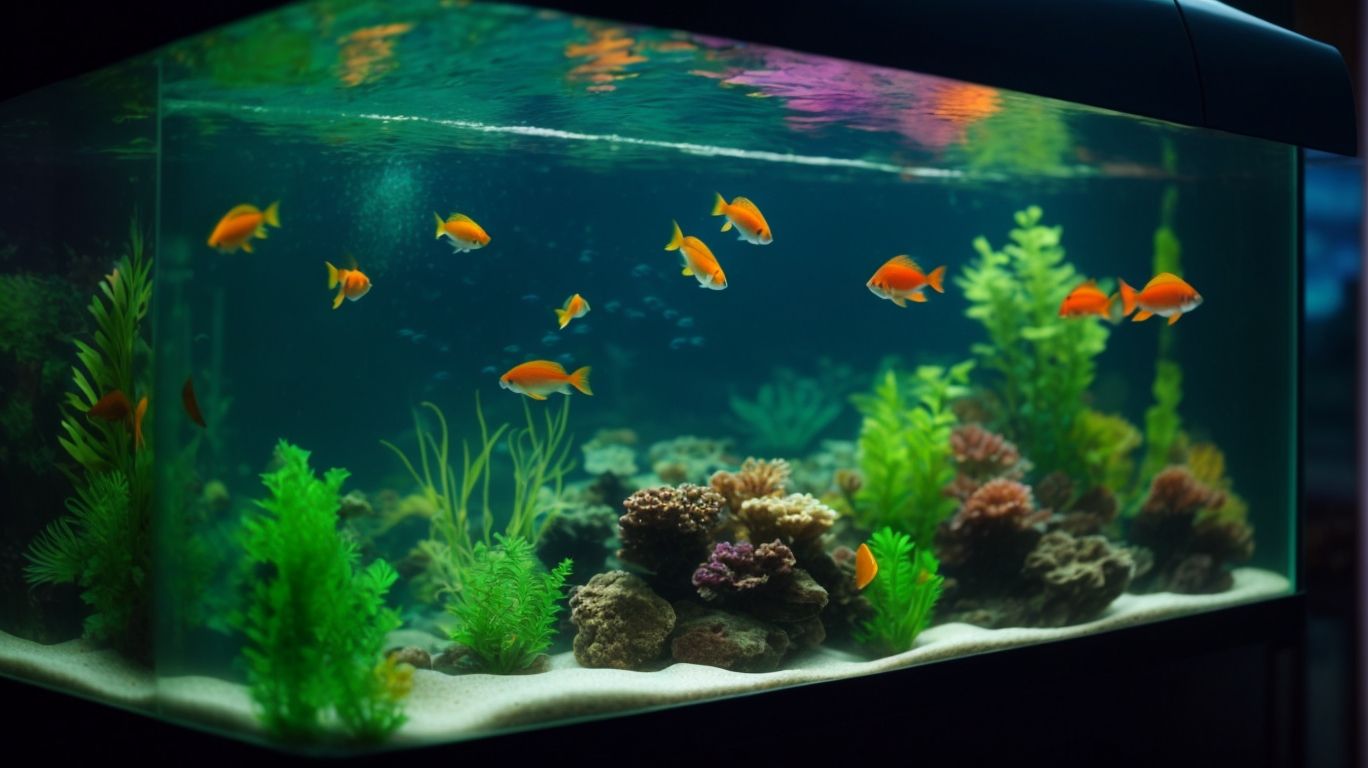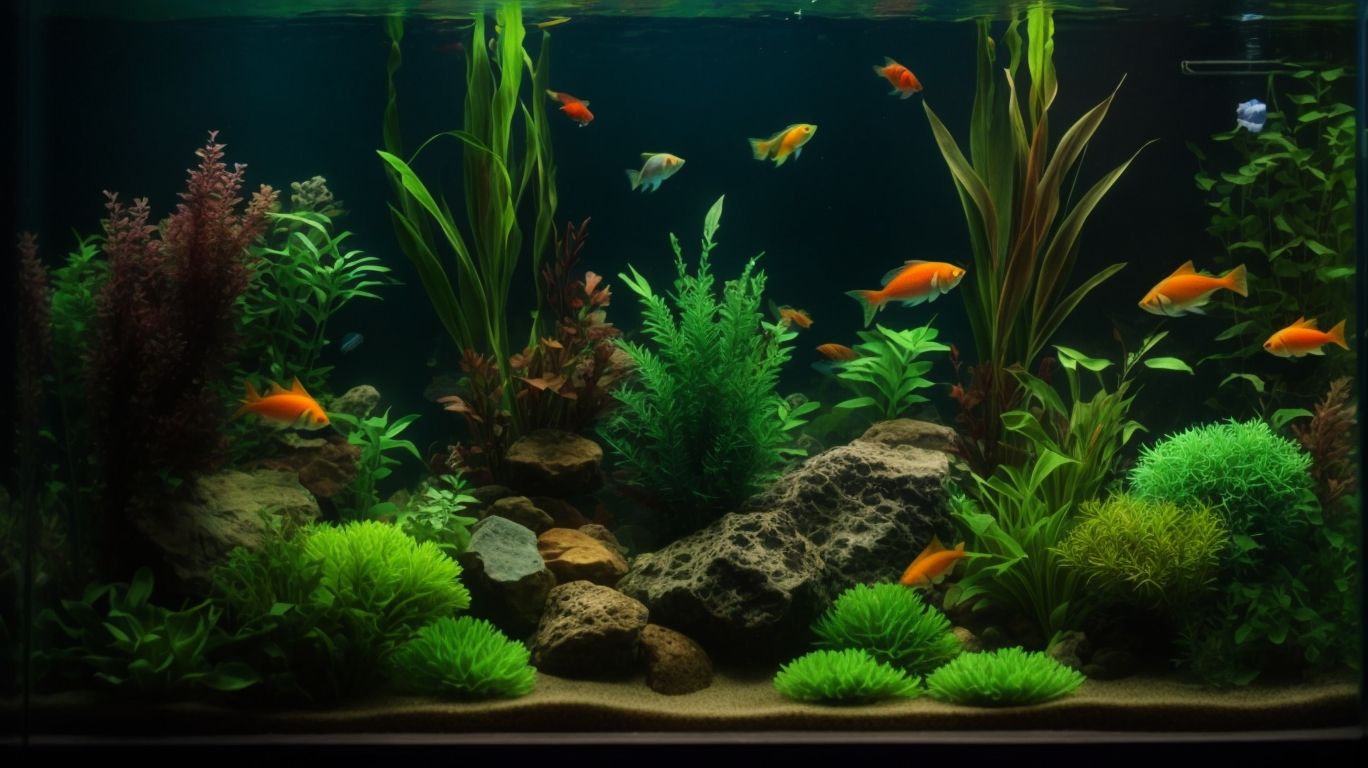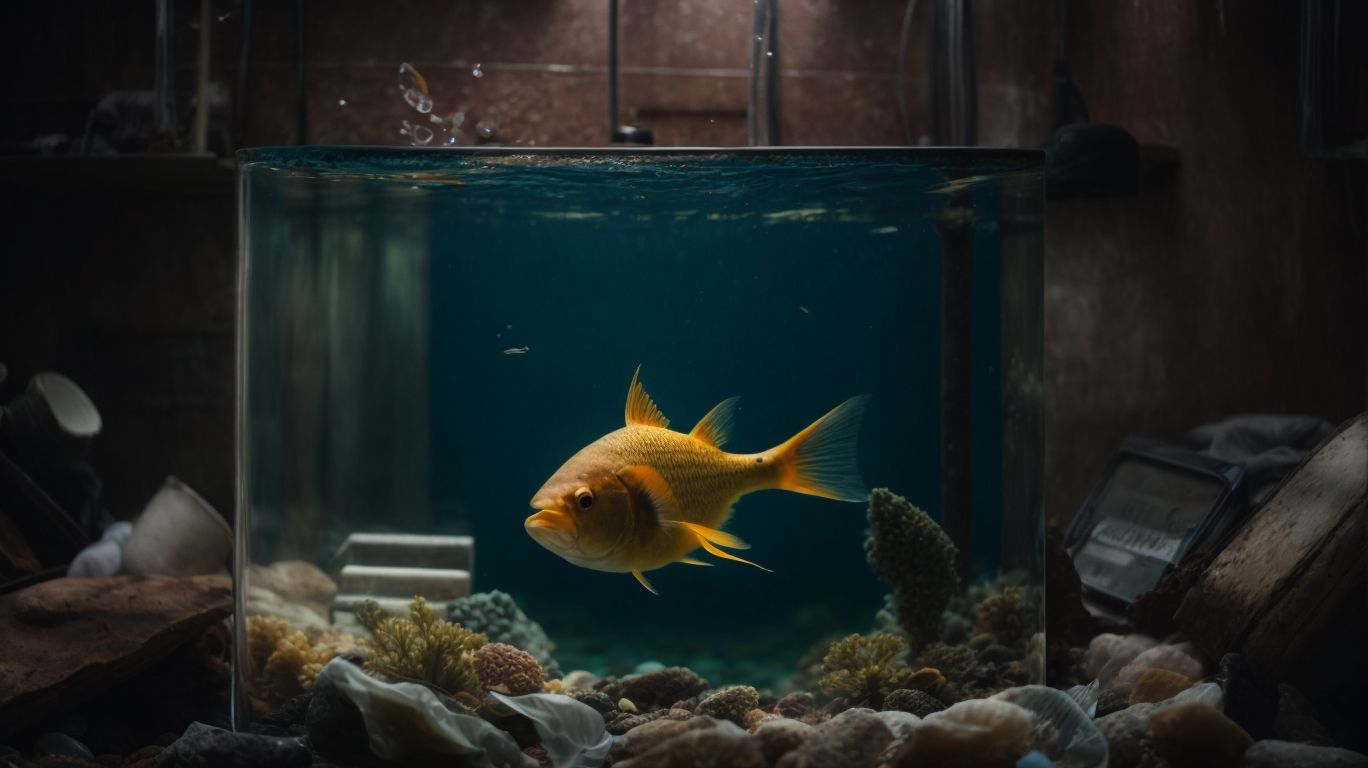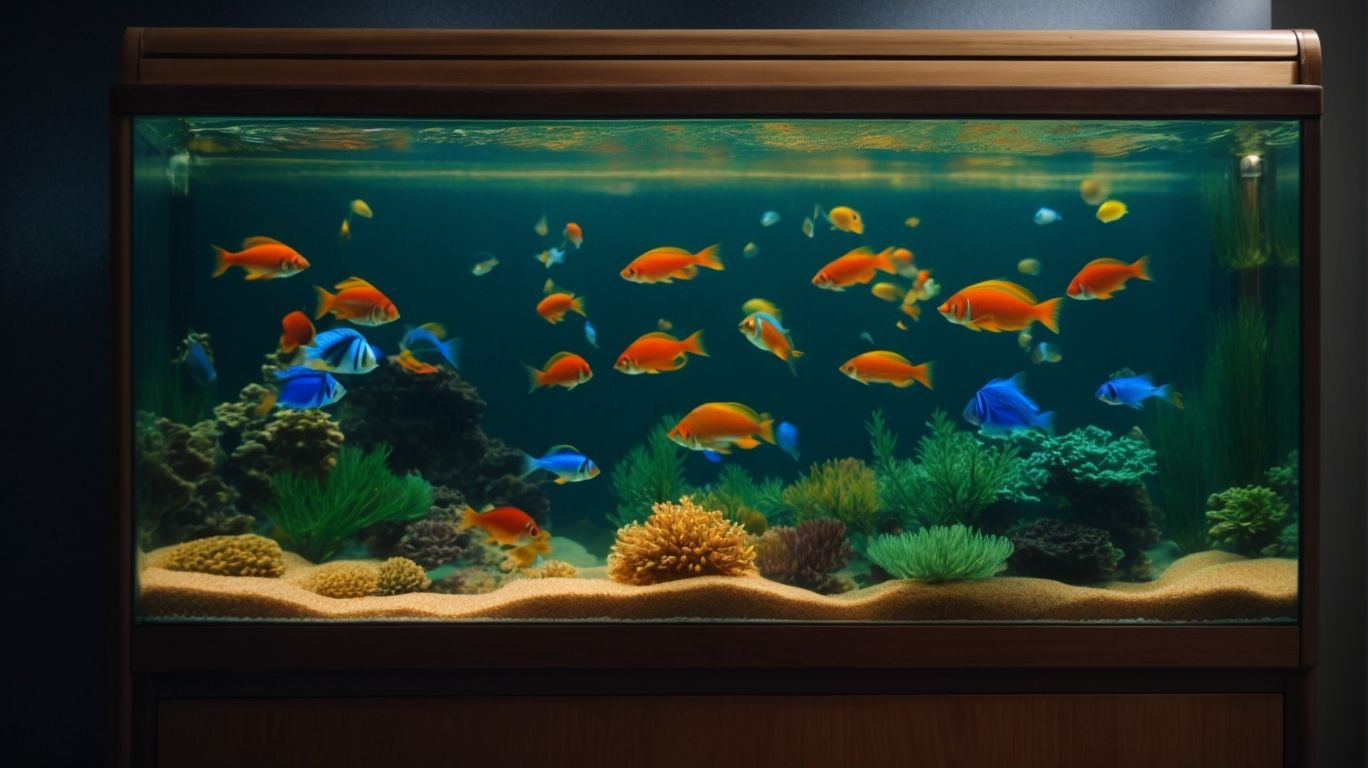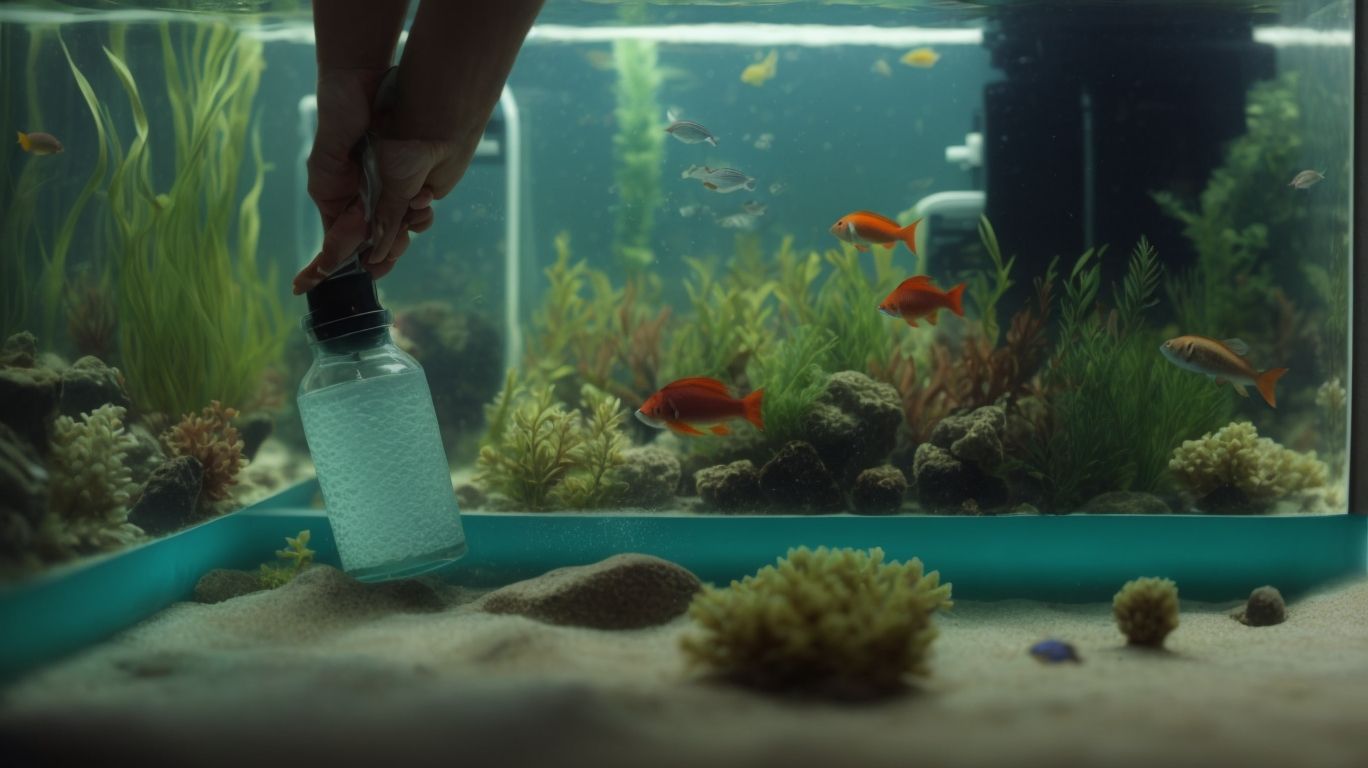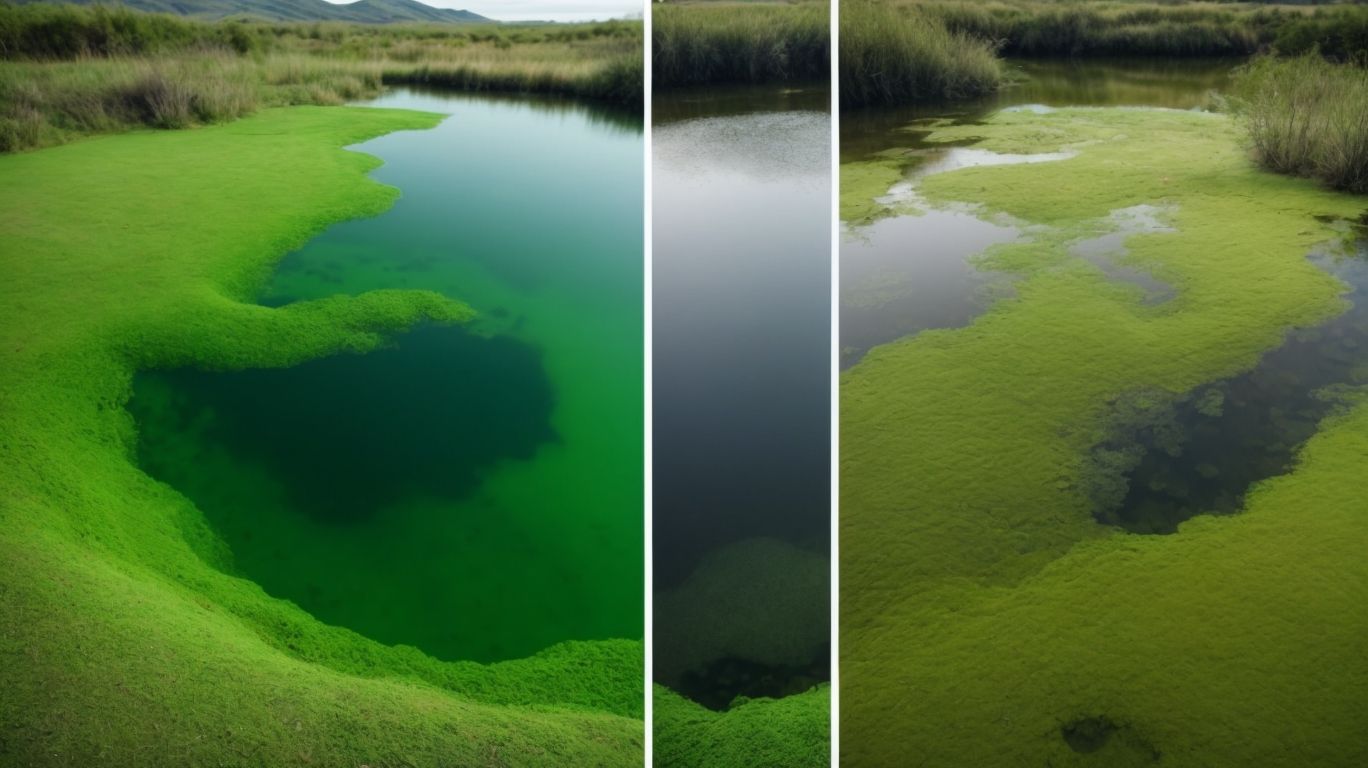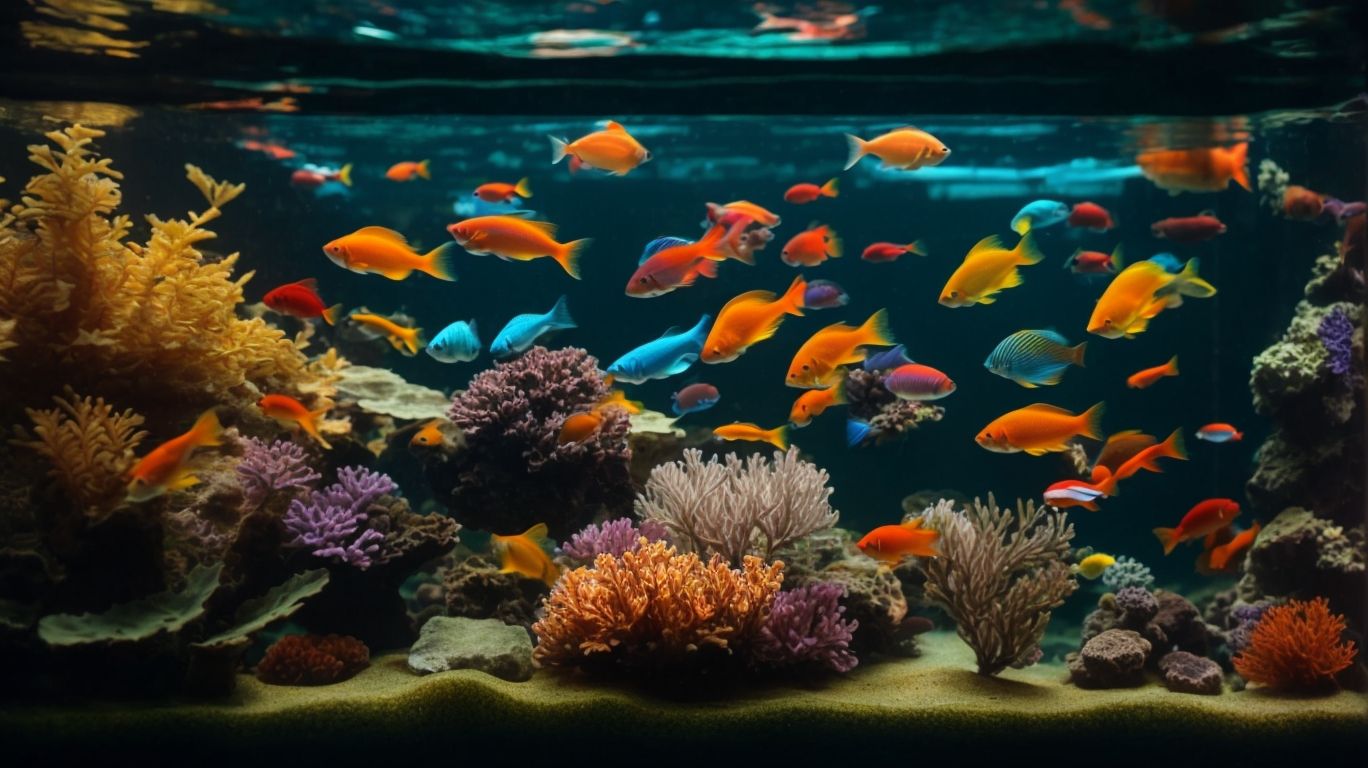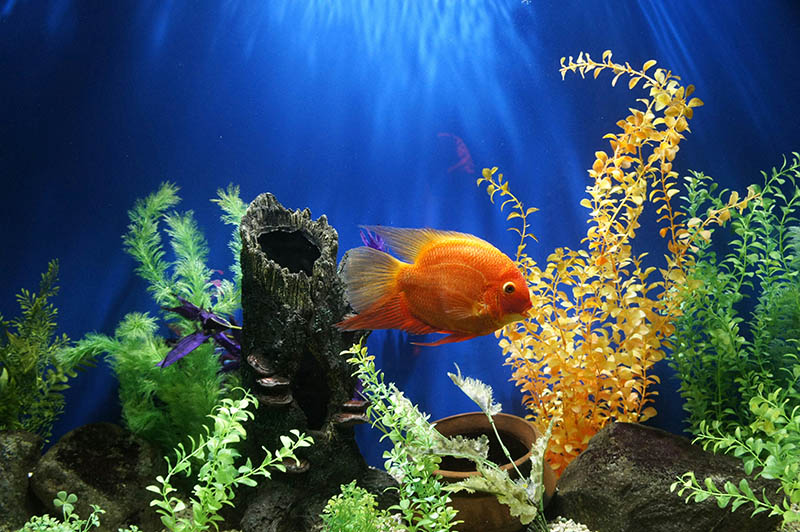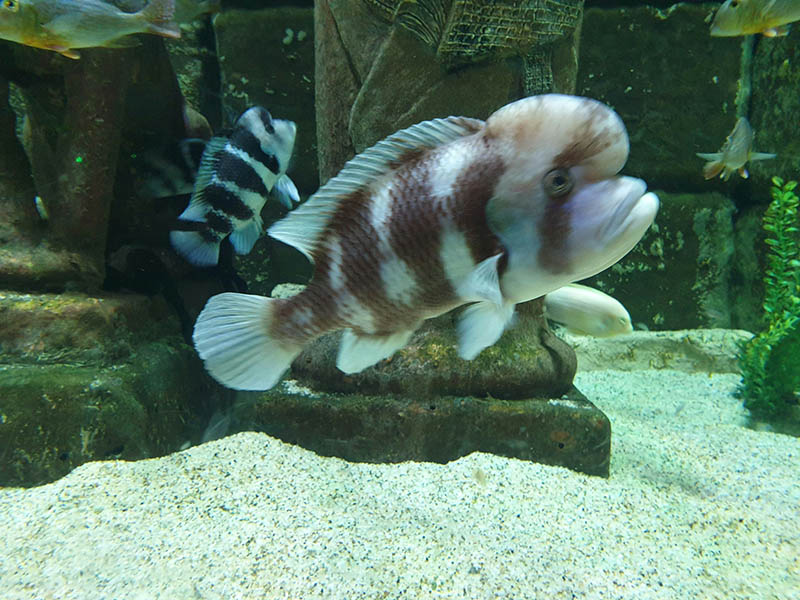Do you know about the silent killer that could be lurking in your aquarium?
We will uncover what causes this hidden danger, how to detect its presence, and the best ways to prevent and eliminate it before it’s too late.
From understanding the symptoms to testing for its presence, we will provide you with the knowledge and tools needed to keep your aquarium safe and healthy.
Stay tuned to learn how to maintain a balanced environment for your aquatic friends!
What is the Silent Killer?
The Silent Killer in aquariums is a term used to describe hidden threats that can jeopardize the health of aquatic life within the enclosed ecosystem of an aquarium.
These dangers often include issues such as fluctuating water parameters, toxic substances, and undetected illnesses. These factors can lead to stress, disease, and even death among the fish and other organisms residing in the tank. The insidious nature of the Silent Killer means that damage may accumulate gradually, making it difficult for aquarium owners to detect the problems before they escalate. Therefore, it is crucial for aquarium enthusiasts to implement regular water testing, maintain proper filtration systems, and quarantine new additions to prevent the spread of potential diseases. By taking proactive measures to address the Silent Killer, aquarists can create a healthy and thriving aquatic environment for their beloved fish.
What Causes the Silent Killer in Aquariums?
The Silent Killer in aquariums can arise from various factors, such as imbalanced water quality parameters, including nitrate levels, ammonia levels, pH levels, and the proliferation of algae blooms, along with contamination, stress factors, and exposure to toxic substances.
High nitrate levels in aquarium water can result from overfeeding fish or inadequate water changes, leading to poor oxygen levels and stress on aquatic organisms. Similarly, elevated ammonia levels from decaying organic matter can disrupt the nitrogen cycle, impairing the health of fish and plants. Fluctuating pH levels can increase fish susceptibility to diseases, while excessive algae growth can deplete oxygen levels, creating an inhospitable environment. Contamination sources like copper from medications, excess food debris, and inadequate filtration systems can further aggravate the delicate balance of an aquarium ecosystem.
How to Detect the Silent Killer in Your Aquarium?
Detecting the Silent Killer in your aquarium involves vigilant observation for symptoms, utilizing testing kits to analyze water parameters, regular monitoring of aquatic life, and recognizing alarming signs that indicate potential issues.
By staying attuned to changes in behavior or appearance among your fish and other aquatic inhabitants, you can swiftly identify any deviations from normalcy in your tank.
Testing kits serve as valuable tools for evaluating crucial water quality metrics such as pH, ammonia, nitrites, and nitrates, offering important insights into the overall health of your aquatic ecosystem.
Consistent monitoring not only helps in early detection but also allows for timely intervention, minimizing the impact of any potential threats to the stability of your aquarium environment.
Developing a keen eye for subtle warning signs ensures proactive management of any looming issues before they escalate.
What Are the Symptoms of the Silent Killer?
Symptoms of the Silent Killer in aquariums may manifest as sudden deaths, bacterial infections, fungal infections, parasite infestations, and viral diseases among the aquatic inhabitants.
The occurrence of sudden fatalities in the aquarium community can be alarming, often indicating a deeper issue at play. Microbial infections, such as bacterial and fungal outbreaks, can spread rapidly, impacting the health of fish and other aquatic organisms. Parasitic infestations are another common sign of the Silent Killer, causing distress and discomfort among marine life. Viral ailments can weaken the immune systems of the inhabitants, making them more susceptible to various health complications.
How to Test for the Silent Killer?
Testing for the Silent Killer in aquariums involves using specialized testing kits to assess critical water parameters such as nitrate levels, ammonia levels, and pH levels, enabling aquarists to monitor and maintain optimal conditions for aquatic life.
These testing kits provide aquarists with accurate readings that help them identify any imbalances or pollutants in the water that could be harmful to the fish and other aquatic inhabitants.
Regular testing allows for early detection of issues before they escalate, preventing potential health problems or even fatalities among the aquarium’s residents.
By consistently checking and adjusting the water parameters, aquarists can create a stable and thriving environment where their marine or freshwater species can flourish.
Preventing the Silent Killer in Your Aquarium
Preventing the Silent Killer in your aquarium necessitates a proactive approach focused on maintaining optimal water quality, implementing disease prevention strategies, enhancing biosecurity measures, and embracing sustainable practices to ensure the well-being of aquatic life.
This proactive approach involves regular water testing to monitor parameters such as pH, ammonia, nitrites, and nitrates, crucial for the health of your aquatic inhabitants.
Establishing a strict quarantine protocol for new additions can prevent the introduction of pathogens.
Proper equipment maintenance, such as cleaning filters and conducting regular water changes, is essential in creating a healthy environment.
Sustainable practices like selecting appropriate tank mates and providing a balanced diet also play a key role in warding off potential threats to your aquarium ecosystem.
What Are the Best Water Parameters for Your Aquarium?
Maintaining optimal water parameters is crucial for aquarium health, including adequate oxygen levels, balanced nitrate levels, ammonia levels, and pH levels to support the well-being of aquatic inhabitants.
Establishing the correct oxygenation in an aquarium is pivotal, as fish and other aquatic organisms rely on dissolved oxygen to survive.
Nitrate regulation is also vital as high nitrate levels can be toxic to fish, leading to health issues.
Monitoring and controlling ammonia levels is essential since ammonia is highly toxic in its un-ionized form, posing a serious threat to aquatic life.
Maintaining the pH balance within the ideal range ensures that the aquatic environment remains stable and supports the overall health and growth of the inhabitants.
How to Maintain a Healthy Balance in Your Aquarium?
Achieving a healthy balance in your aquarium involves diligent water quality management through effective filtration systems, regular water changes, and the promotion of beneficial bacteria to sustain a thriving aquatic environment.
When aiming to maintain a harmonious aquatic ecosystem, it is crucial to ensure proper water quality enhancement by monitoring parameters such as pH levels, ammonia, nitrites, and nitrates. Optimizing the filtration system based on the specific needs of your tank inhabitants helps in removing debris, excess nutrients, and harmful substances.
Implementing a consistent water change routine aids in reducing the accumulation of waste and maintaining stable water conditions. Cultivating beneficial bacteria plays a vital role in breaking down organic matter, converting ammonia into less harmful compounds, and establishing a natural biological balance within the aquarium.
Eliminating the Silent Killer in Your Aquarium
Eliminating the Silent Killer from your aquarium requires swift treatment, implementation of corrective measures, and readiness for emergency responses to address any sudden threats to the aquatic life within the tank.
Timely identification of potential issues is crucial in combating the Silent Killer. Regular water quality tests, such as checking pH levels and ammonia concentrations, can help detect any deviations that may indicate the presence of harmful substances.
Upon detecting abnormalities, immediate action should be taken to neutralize the threat. This may involve adjusting the water parameters, conducting partial water changes, or isolating affected fish. Having essential medications and treatment options readily available can significantly expedite the process of treating the Silent Killer in aquariums.
What Are the Best Ways to Eliminate the Silent Killer?
Effective methods to eliminate the Silent Killer in aquariums include prioritizing disease prevention, adhering to meticulous cleaning routines, and seeking expert advice to address persistent challenges and ensure a healthy aquatic environment.
By focusing on disease prevention, aquarists can significantly reduce the likelihood of encountering health issues within their aquatic ecosystems. Implementing regular water quality testing, maintaining proper filtration systems, and quarantining new additions before introducing them to the main tank are crucial steps in safeguarding the well-being of aquarium inhabitants.
Establishing consistent cleaning protocols, such as regular water changes, algae removal, and substrate vacuuming, plays a vital role in preventing the Silent Killer from taking hold. When facing complex problems or recurring health concerns in an aquarium, consulting with experienced professionals can provide valuable insights and tailored solutions to mitigate risks effectively.
How to Treat Your Aquarium for the Silent Killer?
Treating your aquarium for the Silent Killer involves addressing specific symptoms and combating issues such as algae blooms, parasite infestations, and exposure to toxic substances through targeted treatment regimens tailored to the identified problems.
Identifying early signs of trouble in your aquarium is crucial; cloudy water, lethargic fish, or abnormal behavior can indicate underlying issues. For algae blooms, consider adjusting lighting and nutrient levels, along with introducing algae-eating organisms like snails or shrimp.
When dealing with parasite infestations, quarantine affected fish, treat them with specialized medications, and maintain optimal water quality. To mitigate toxic substance exposure, conduct regular water tests, perform partial water changes, and use activated carbon or chemical filtration to remove impurities.
Frequently Asked Questions
What is the “Silent Killer” in my aquarium, and how can I detect it?
The “Silent Killer” in your aquarium refers to the buildup of harmful gases, particularly hydrogen sulfide, that can go undetected in the water and cause harm to your aquatic creatures. To detect it, look for any unusual behavior in your fish, such as gasping at the surface or swimming erratically, and also keep an eye out for any decaying plant matter or uneaten food in the tank.
What are the potential dangers of the “Silent Killer” in my aquarium?
The buildup of hydrogen sulfide and other harmful gases in your aquarium can lead to decreased oxygen levels, which can cause stress or even death to your fish and other aquatic creatures. It can also damage the delicate balance of the tank’s ecosystem, leading to algae overgrowth and other issues.
What are some signs that my aquarium may be affected by the “Silent Killer”?
Aside from unusual fish behavior, other signs that your aquarium may be affected by the “Silent Killer” include foul odors coming from the water, cloudy or discolored water, and a decrease in plant growth. These can all indicate an imbalance in the tank’s water chemistry, which can be caused by the buildup of harmful gases.
How can I prevent the “Silent Killer” from affecting my aquarium?
Regular maintenance and monitoring of your aquarium is key in preventing the buildup of harmful gases. This includes regular water changes, removing decaying matter, and ensuring proper filtration and aeration of the water. It’s also important to not overcrowd the tank with too many fish, as this can contribute to the buildup of gases.
What steps can I take to eliminate the “Silent Killer” from my aquarium?
If you suspect that your aquarium is affected by the “Silent Killer,” the first step is to perform a partial water change to remove any buildup of harmful gases. You should also test the water chemistry and make any necessary adjustments. In severe cases, it may be necessary to completely drain and clean the tank before starting fresh.
What are some other potential causes of poor water quality in my aquarium?
Aside from the buildup of harmful gases, other potential causes of poor water quality in your aquarium include an imbalance of pH levels, high ammonia or nitrite levels, and inadequate filtration. It’s important to regularly test your water and address any issues promptly to ensure a healthy environment for your aquatic creatures.
